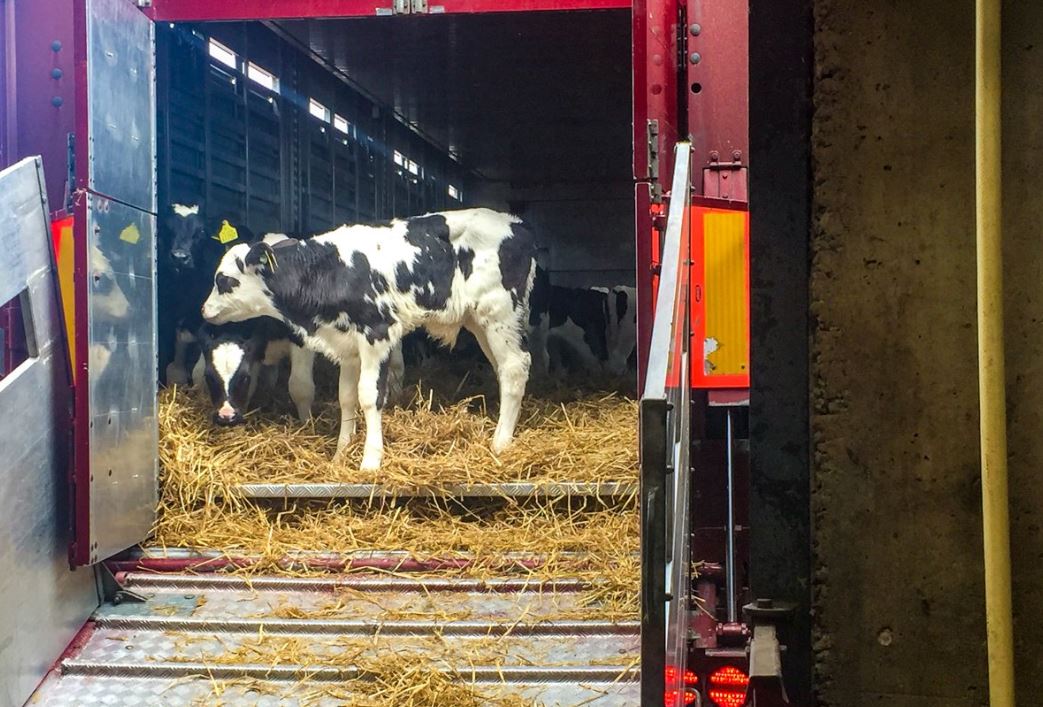Some disruption is expected to hit the vital live export of calves from the country’s dairy herd early this season, the Department of Agriculture, Food and the Marine (DAFM) has cautioned.
However, the department is confident that any delays will ease nearing the end of March as new cruise ferry, the W.B.Yeats, will set sail to the continent.
In line with the expansion of the dairy sector, last year, more than 900,000 dairy calf births were recorded by the Irish Cattle Breeding Federation (ICBF) during the first three months of 2018.
In a statement to AgriLand, a spokesperson for the department said: “DAFM anticipates some ferry capacity constraints that will require management by exporters, early in the season.
This, however, should be alleviated when the W.B. Yeats comes into service.
The statement comes following growing concerns over possible lairage facility limitations for calves at the Cherbourg port in France.
“Irish Ferries have informed the department that the new vessel will begin sailing to Cherbourg on March 20, and that she will sail on a 48 hour schedule from that date.
Lairage capacity in Cherbourg, whilst limited, has been increased in recent years from approximately 1,500 calves/day to 4,000 calves/day.
“The current sailing schedule of Tuesday, Thursday, and Saturday currently allows approximately 12,000 calves a week to be exported.
“When the W. B. Yeats commences service, she is scheduled to sail on Monday, Wednesday, Friday and Sunday every second week.
“This, combined with Stena sailings on Tuesday, Thursday and Saturday, will increase capacity to 28,000 every second week.
This will allow a potential 80,000 calves/month to be exported.
The spokesperson added that the department has been in contact with exporters and advised them to work with the two lairage operators in Cherbourg to explore the potential of expanding lairage capacity there.
“The department has also advised exporters to work together to ensure that they make use of the maximum daily capacity in Cherbourg,” the department stated.
Where do the calves go?
According to Bord Bia, there was a significant increase in calf exports from Ireland to markets across Europe last year.
Some 138,234 calves were exported by live export means between January 1 and July 1, 2018 – a hike of 36,667 head – or 36% – compared to the same period in 2017.
The chief destination for dairy bull calves was Spain and the Netherlands, with a total of 102,755 calves shipped to these countries during the first half of the year.
Most of these animals were sold into the veal market.

